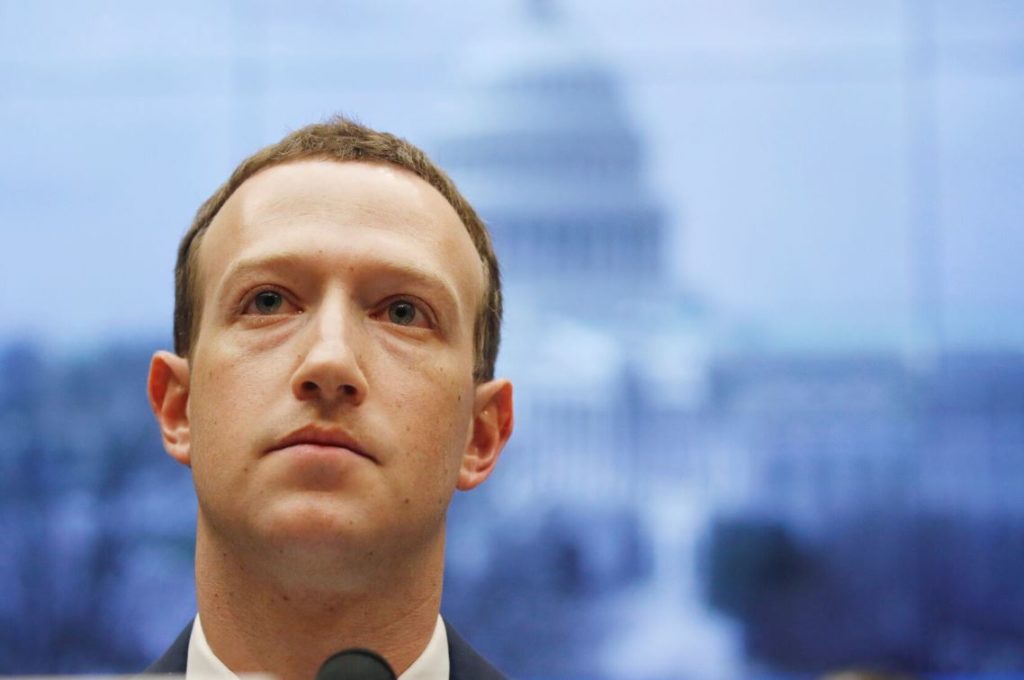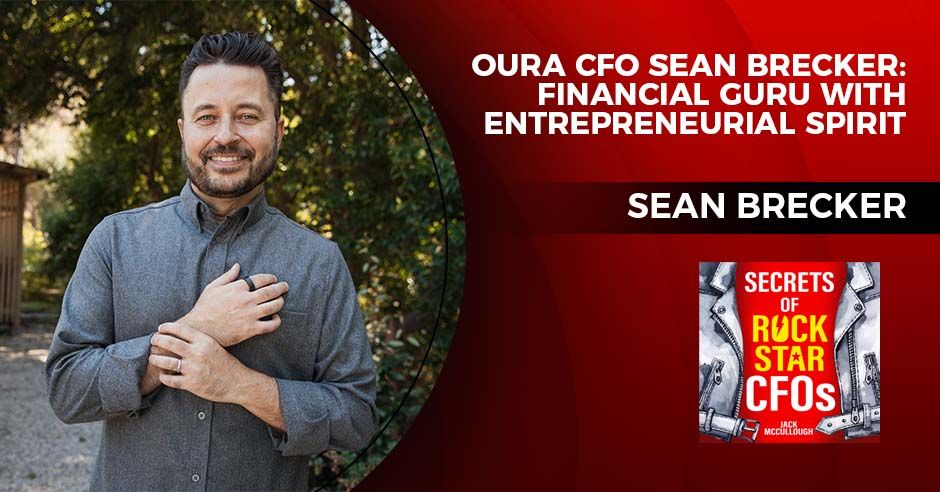
This week U.S. District Judge James B. Boasberg dismissed the Federal Trade Commission’s complaint against Facebook for anticompetitive behavior, but left the door open to refile the case with more facts within 30 days. But the basis of the complaint should not hinge on the old way of measuring market dominance—by product or geographic market share in absolute percentages reaching some number like 60%. The FTC needs to build its case on the true source of Facebook’s power: not its scale but its business model.
Facebook’s business model is a spinning rope comprised of three tightly embraided strands. The first strand is the accumulating algorithmic insights that allow ever more precise targeting of users for the revenue-producing customer base of advertisers. The greater the precision, the higher the value to an advertiser, and therefore Facebook’s annual advertising revenue increases nonlinearly. Dynamic pricing capability driven by algorithms can instantly thwart a competitor.
The second strand is the continuous cumulative stream of diverse data. The more data and the more diverse the data, the better the targeting, which then increases the advertising revenue.
In both cases, the cumulative experience and tacit knowledge gained is a powerful competing advantage.
The third strand is the cash it generates. Cash enables risk taking and experimenting with fast-cycle innovations.
These three strands spinning together at very high speed generate enormous market power that can restrain competition by creating barriers to entry or instilling fear of retaliation through algorithms. Lacking competitors with similar power, Facebook management can unleash its power at will.
So the best way to demonstrate Facebook’s concentration of power or monopolistic behavior is to consider the differential capability and power of its business model and the actions and intent of the management to use it. The right metric is the relative capability compared to another player, and how it restrains competition even when the absolute market share number is small, such as 10% calculated on the traditional basis.
A factual qualitative and quantitative narrative will demonstrate whether Facebook violates the law or has the potential of restraining would-be competitors. The EU conditioned the merger of GE and Honeywell on GE’s divestiture of Gcas, a small business that many other companies in the aircraft industry depended on. A similar action could apply to interoperability with some of Facebook’s capabilities, such as WhatsApp or Instagram.
Abuse of market power will not be evident in higher prices to the consumer. That argument is irrelevant given that consumers can use Facebook for free. The price to advertisers is, however, increasing.
The facts show that Facebook will exercise its power, and use the increasing cash it reaps from advertising to self-fund its growing technology spend.
Facebook’s accumulating edge in algorithmic insights, data, users and cash to spend on further growth—all feeding into one another—is a common pattern among digital giants. Current approaches to antitrust will fall short until we grasp this new dynamic.
Especially significant is a digital giant’s ability to reap “increasing returns,” a 180-degree shift from the assumption of diminishing returns that applies to smokestack industries or those with heavy fixed capital investment. The business mindset has been frozen for 100 years with the now outdated principle of diminishing returns. All bricks and mortar retail companies are built on this principle.
For any company that is run digitally and connects to customers algorithmically, however, the principle of increasing returns applies. Once the digital infrastructure and data are in place, the cost of incremental sales is very small or even zero and thus gross margin increases exponentially. Amazon, for example, went from 20% cash gross margin in the early days to 40% in 2020. It invests a very high percentage of this cash gross margin in technology and other infrastructure that generate 25-30% revenue growth. Its investments are largely expensed, and thus GAAP-accounting-based EPS is shown to be a loss or very meager. CapEx becomes OpEx, reducing profit on the income statement and saving cash that would otherwise be spent on taxes.
The FTC must change its orientation to the verifiable reality of digital age power from new business models.








